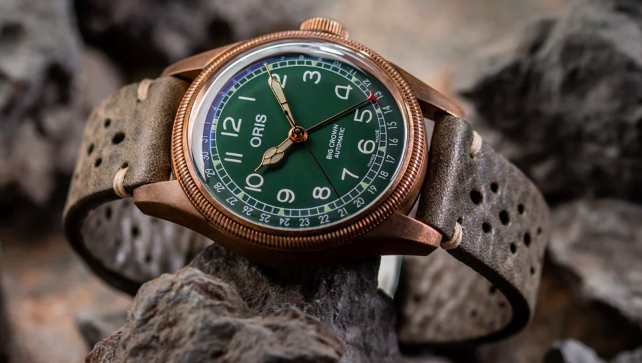The Watch Crown: Essential Functions, Variations, and Maintenance

The watch crown is a small yet significant component of any timepiece, serving multiple essential functions. This article explores the various roles of the watch crown, the different types available, and practical tips for maintaining this crucial part of your watch.
What is a Watch Crown?
The watch crown is a small knob or button typically found on the side of a watch case. It is used to perform various functions, including setting the time, adjusting the date, and winding the watch. Despite its small size, the crown plays a pivotal role in the watch’s operation and usability.
Main Functions of the Watch Crown
- Time Setting:
- The primary function of the watch crown is to set the time. By pulling the crown to its outermost position, you can turn it to move the hour and minute hands to the desired time.
- Date and Day Adjustment:
- Many watches feature a date and/or day function that can be adjusted using the crown. This often involves pulling the crown to a specific position and rotating it to set the correct date or day.
- Winding Mechanism:
- In mechanical and manual watches, the crown is used to wind the mainspring, which powers the watch. Automatic watches also feature winding capabilities, and the crown can be used to wind them if they stop or need additional power.
- Additional Functions:
- For watches with advanced features, such as chronographs or dual time zones, the crown may operate these functions. It often works with additional pushers or secondary crowns to manage complex features.
Read also: How Canadian Businesses Can Help End Period Poverty in Canada?
Types of Watch Crowns
- Push-Pull Crown:
- This is the most common type, allowing the user to pull the crown out to set the time or date and push it back in to secure it. It is straightforward and user-friendly.
- Screw-Down Crown:
- Designed for enhanced water resistance, this crown screws into the watch case. It must be unscrewed for adjustments and then screwed back in to maintain a watertight seal. This type is commonly found in diving watches.
- Onion Crown:
- Characterized by its rounded, domed shape, the onion crown is often seen in vintage or luxury watches. Its larger size makes it easier to grip and adjust, adding a unique aesthetic to the watch.
- Twin-Pusher Crown:
- Used in chronograph watches, this crown works with two pushers to manage the chronograph functions. It typically includes features for starting, stopping, and resetting the chronograph.
Tips for Maintaining the Watch Crown
- Regular Cleaning:
- Keep the crown clean by gently wiping it with a soft, dry cloth. This removes dust and prevents dirt buildup. Avoid using harsh chemicals or abrasive materials.
- Avoid Water Damage:
- Ensure the crown is properly sealed to prevent water from entering the watch. For watches not designed to be water-resistant, avoid exposing the crown to moisture.
- Handle with Care:
- Operate the crown gently to avoid damaging it or the watch’s internal mechanisms. Excessive force when adjusting or winding can lead to mechanical issues.
- Professional Servicing:
- If you experience difficulties with the crown or notice problems with the watch’s performance, seek the help of a professional watchmaker. Regular servicing can address any issues and ensure the watch remains in optimal condition.
Conclusion
The Watch crown is a vital part of any timepiece, responsible for essential functions such as setting the time, adjusting the date, and winding the movement. Understanding the various types of crowns and their functions can enhance your appreciation of your watch. By following proper care and maintenance tips, you can ensure that the crown continues to function effectively, keeping your watch in excellent working condition.




